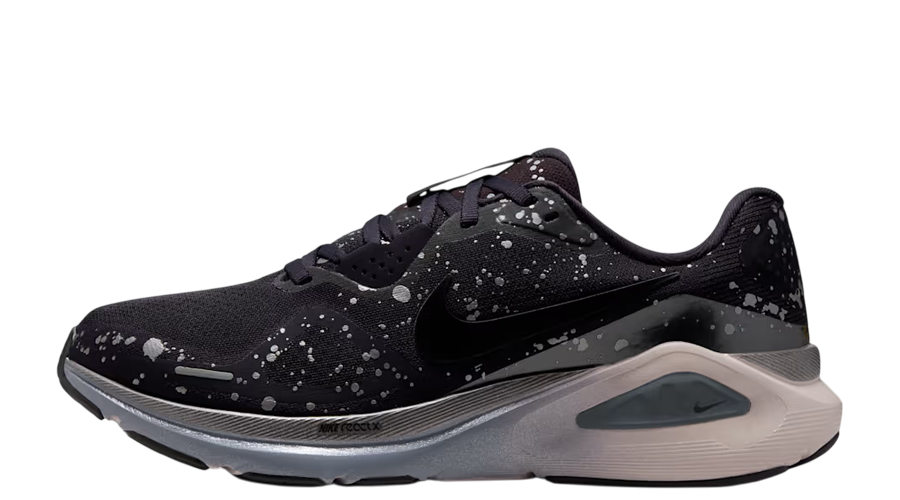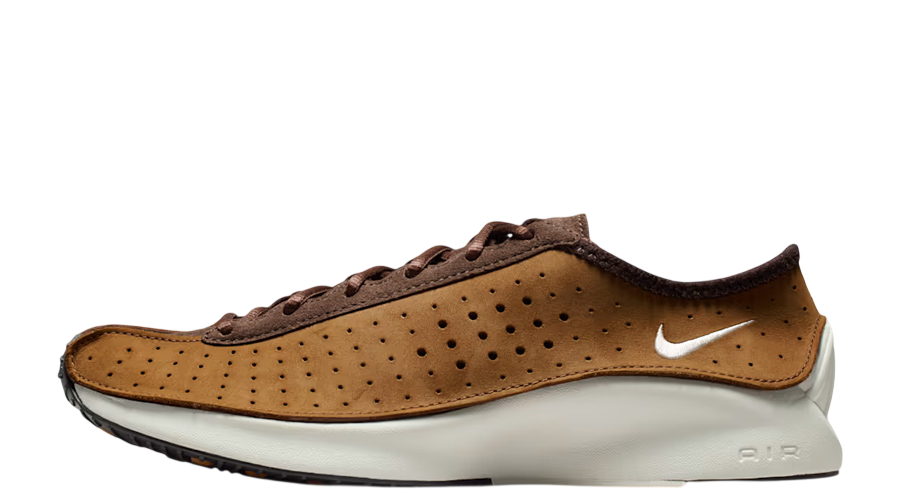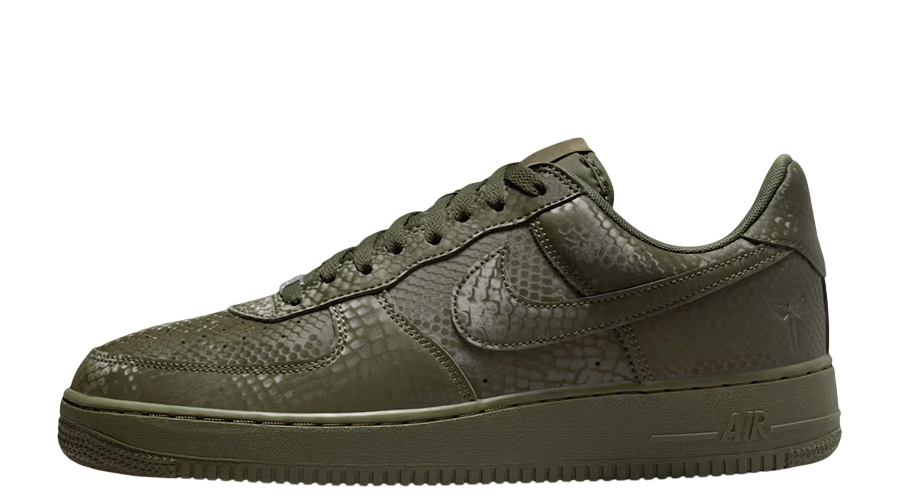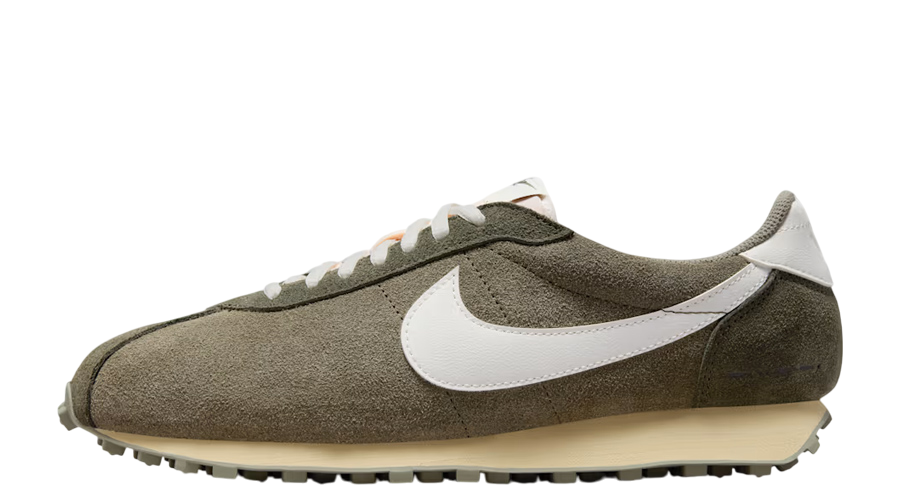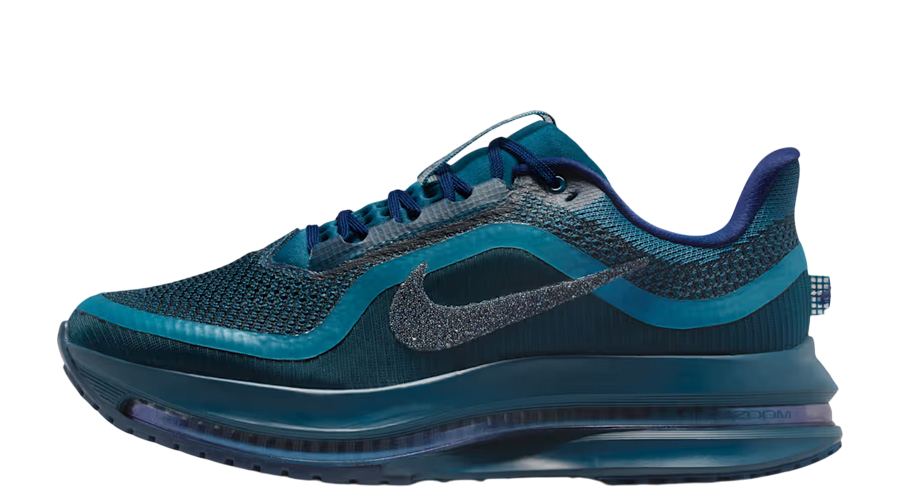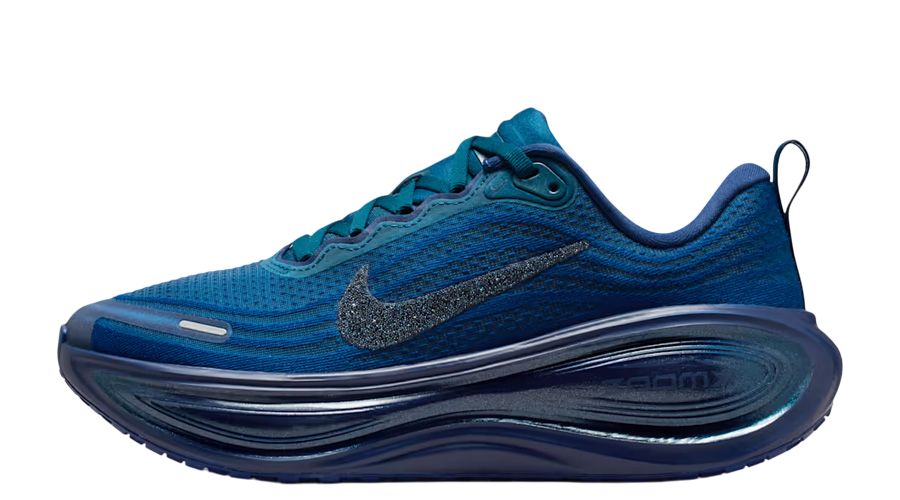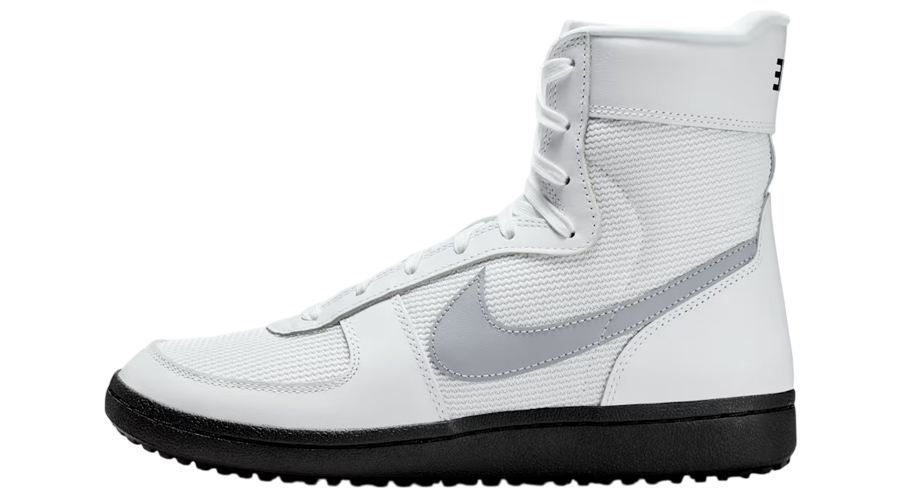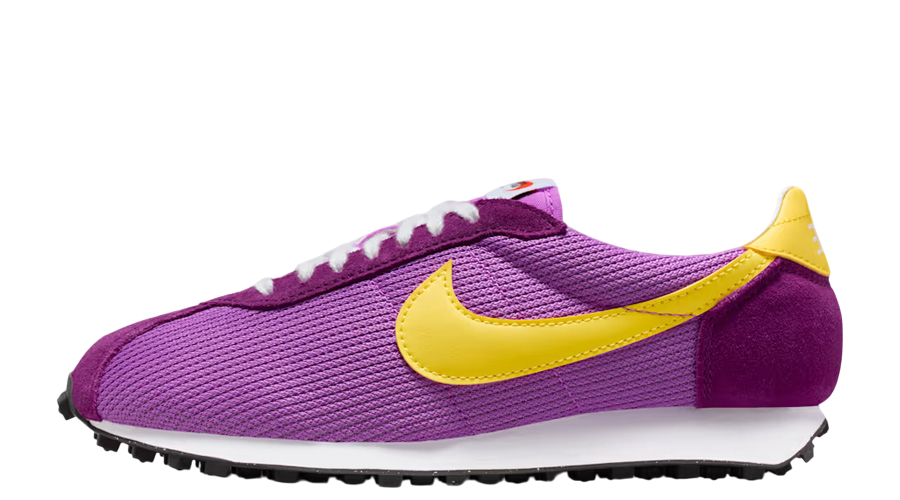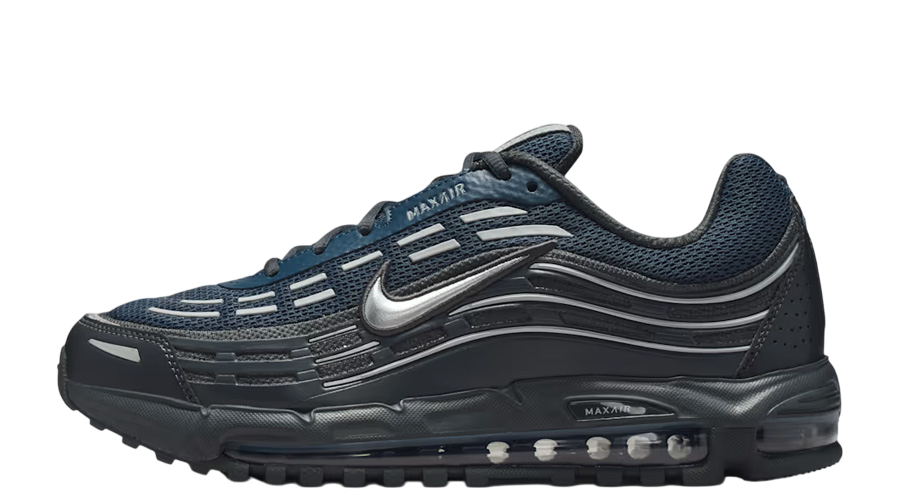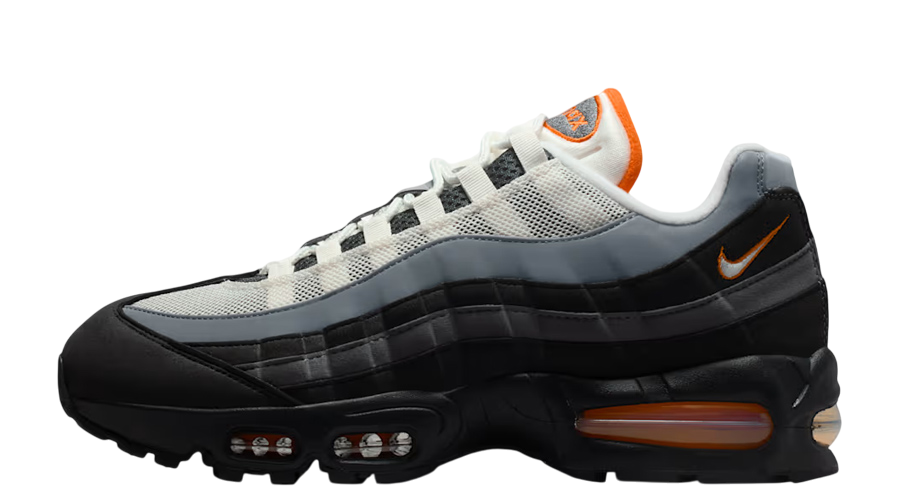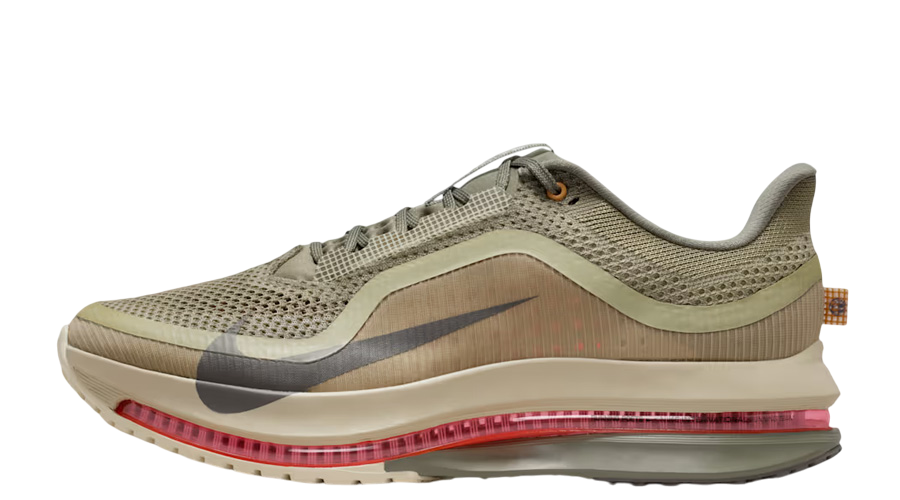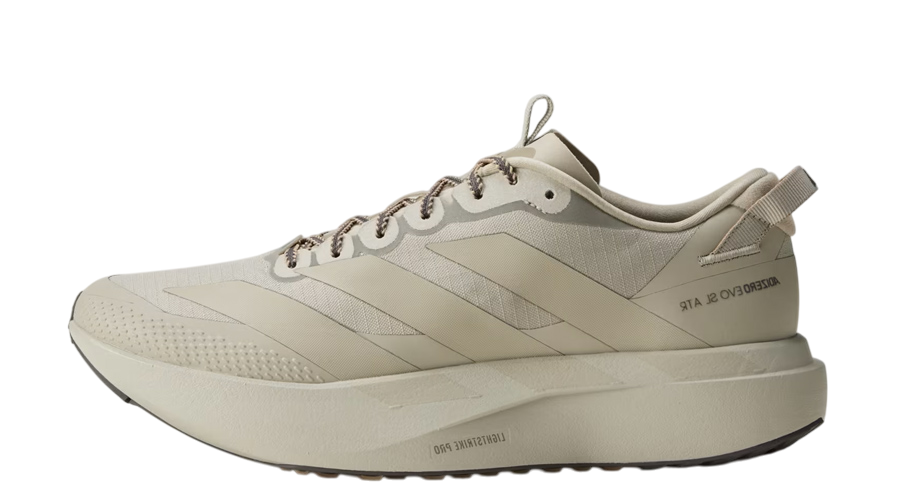StockX vs. GOAT: Who Comes Out On Top For Quality & Shipping
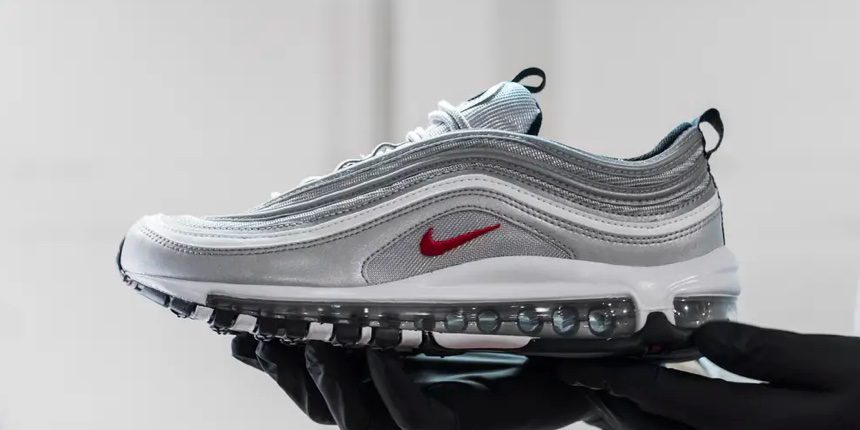
The world of sneaker reselling isn’t just about rubber, leather, and striking designs; it’s a landscape filled with passion, dedication, and above all, discernment. When you’re scouring the market for that elusive pair, two names inevitably pop up: StockX and GOAT.
If you’ve ever felt the thrill of unboxing a fresh pair or the anticipation of waiting for a sought-after release, you’ll know how important trust is in this game. It’s not just about the sneaker; it’s about the experience. Two giants, StockX and GOAT, dominate the scene, but which reigns supreme? Let’s break it down.
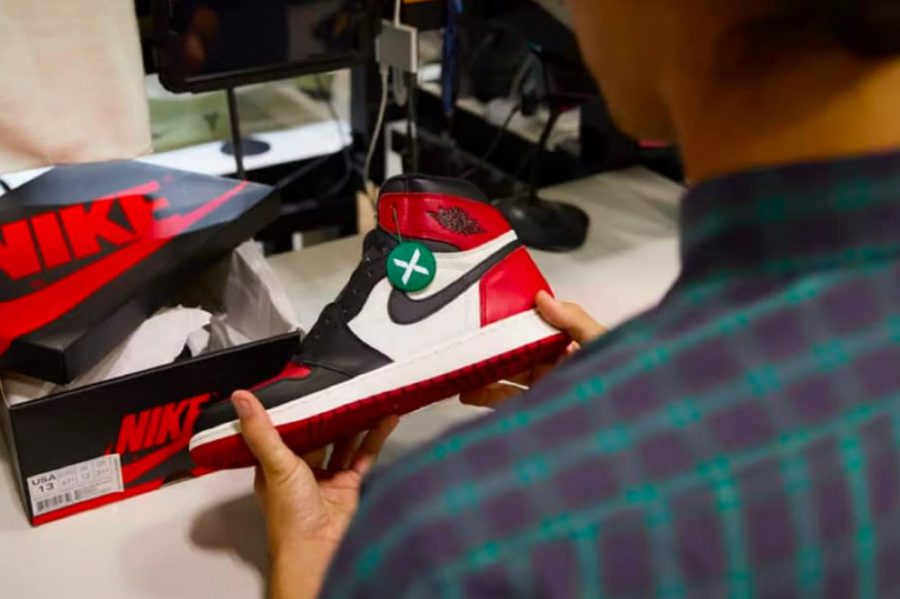
What is StockX and GOAT?
Enter StockX. Think of it as a stock market, but for things you can wear. Co-founded by Josh Luber and Dan Gilbert in 2016, it changed the game. Here, it’s not just about buying or selling; it’s about understanding the market. Every trade, bid, or ask is out in the open, letting you gauge the vibe of the sneaker world in real time. And it’s not just kicks either. Streetwear, watches, and even handbags have found a home here. But the main draw? Authenticity. Nothing gets past their keen-eyed verifiers.
Now, imagine a platform that gives a chance to cop some of the greatest shoes of all-time. That’s GOAT, short for Greatest of All Time. Birthed in 2015 by Eddy Lu and Daishin Sugano, it combines the thrill of a marketplace with the assurance of consignment. Every pair that’s up for grabs undergoes a rigorous check, ensuring what you get isn’t just genuine, but top-notch. They’ve got classics, they’ve got contemporaries, and they’ve got a fanbase that swears by the GOAT experience.
Comparing the two isn’t just apples and oranges; it’s more like comparing a retro Air Jordan 1 to a futuristic Yeezy. Both are iconic, but distinct. StockX pulls you in with its market vibes and the promise of transparency. GOAT, meanwhile, feels like that trusted shop around the corner, where you know each piece has a story and a stamp of approval.
Can I Assure Authenticity With Stockx and GOAT?
Authenticity in the trainer game isn’t just a word; it’s currency. With fakes becoming increasingly sophisticated, ensuring that you’re getting the real deal has never been more important. Enter the stringent vetting processes of StockX and GOAT.
StockX takes pride in its meticulous authentication process. Once a seller ships their item, it doesn’t head straight to the buyer. Instead, it makes a pit stop at one of StockX’s authentication centres. Here, specialists with a hawk-eyed attention to detail inspect every inch, from stitching to soles, ensuring it aligns with the brand’s standards. With this process, the chances of counterfeit items slipping through the cracks are dramatically reduced.
GOAT’s approach to authenticity is equally robust. The platform employs a two-step verification process. Firstly, the seller’s images are cross-referenced with a vast database of product photos. This digital vetting helps weed out glaring inconsistencies. Once that’s cleared, the pair is sent to GOAT’s facilities for an in-person examination. Their team of experts puts each pair under the microscope, checking for materials, workmanship, and other finer details. The goal is simple: to guarantee that what lands on your doorstep is 100% genuine.
In essence, both StockX and GOAT are in an arms race against counterfeiters, equipped with expertise and technology to ensure your trust isn’t misplaced.
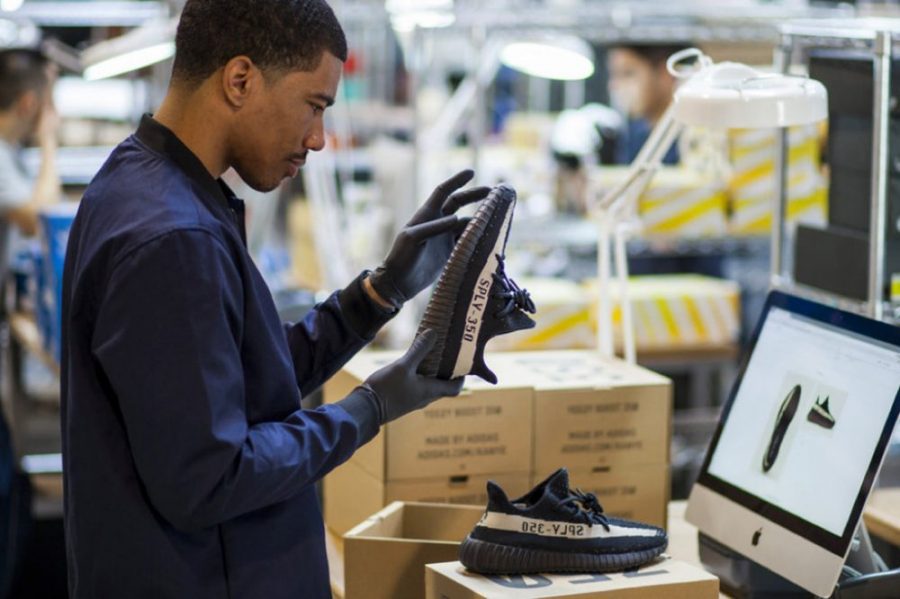
How Fast Does StockX ship?
What They Say
StockX’s official stance is that most orders are completed within seven to ten business days. However, it’s essential to note that there’s a sequence to this. Once an order is placed, sellers have two business days to ship their product to StockX. After the authentication process, which typically takes one or two days, StockX then dispatches the authenticated product to the buyer.
What People Have Experienced
While many users report a smooth experience aligning with the stated timeframe, there have been murmurs in the community about delays. Some buyers mention waiting periods extending up to three weeks, especially during peak shopping seasons or due to unforeseen logistical challenges. On the flip side, others have sung praises, with their kicks arriving in a brisk five days. It seems the experience varies, leaning largely on where you are located and the time of year.
How Fast Does GOAT ship?
What They Say
GOAT’s timeline starts the moment a seller ships the item, typically within two to three business days after a sale. After this, the authentication process at their facility takes another one or two days. If everything checks out, they promise that the buyer should receive their order within seven to ten business days from the purchase date, depending on the location and shipping method chosen.
What People Have Experienced
Feedback from the community paints a picture of relative consistency with GOAT’s shipping times. While there have been instances of buyers receiving their orders within a week, some outliers waited a tad longer than the ten-business day window. These extended waits are often attributed to international shipping or minor hiccups in the authentication process. However, the general consensus is that GOAT tends to keep true to their word, with the majority of customers getting their sneakers within the expected timeframe.
To sum it up, while both StockX and GOAT have robust systems in place to ensure timely deliveries, the occasional curveball is thrown. Like any business reliant on multiple logistical components, from sellers to shipping partners, minor hiccups will happen. However, the dedication that both platforms show in striving for timely deliveries, coupled with their stringent authentication processes, ensures that your wait, be it long or short, is always worth it.
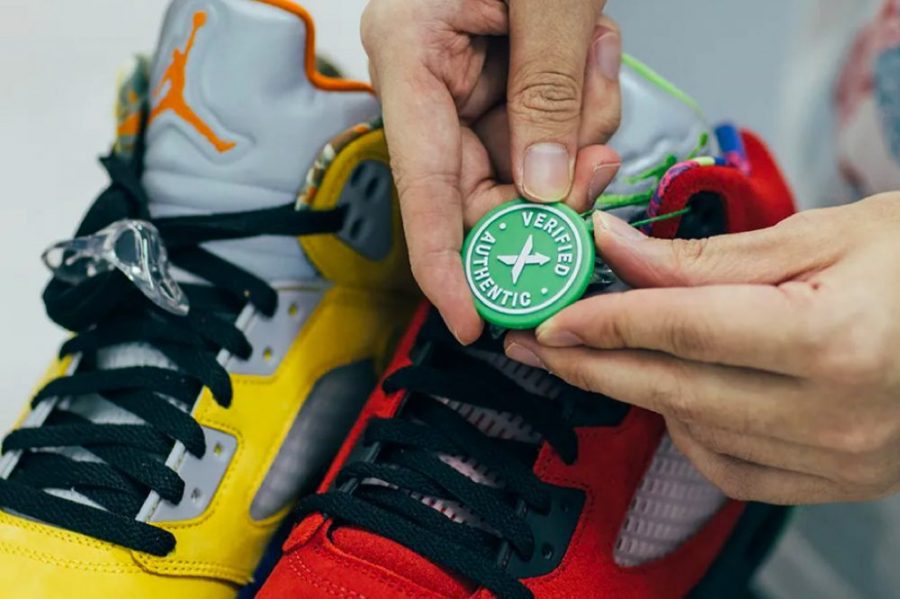
The Bottom Line
In the great debate of StockX versus GOAT, it’s clear that the right choice largely depends on personal preferences and priorities. If speedy delivery is your top concern, then based on historical data, GOAT often comes out on top. If you’re looking for a broader selection and a bidding system, StockX might be your go-to.
The trainer world is rich, diverse, and full of passionate individuals. It’s imperative to find a platform that aligns with your needs and ensures that your prized possessions are genuine. After all, sneakers are more than just footwear; they’re a lifestyle, an expression of individuality, and sometimes, a cherished piece of history.
In the rapidly expanding universe of the culture, having trusted platforms is crucial. While the choice between StockX and GOAT boils down to individual preferences, what remains consistent is the passion and commitment of the sneaker community. Here’s to many more years of fresh kicks and epic stories! Interested in knowing how does bidding work on StockX? Make sure to read everything through here.
Frequently Asked Questions
Which platform assures the best authenticity?
Both StockX and GOAT have foolproof mechanisms in place to verify authenticity.
How can I ensure I’m getting a fair price?
It’s advisable to check multiple platforms and conduct thorough research. Prices can fluctuate based on demand, rarity, and platform fees.
Are there hidden fees or additional costs?
Each platform has its fee structure. Typically, StockX and GOAT will have transaction fees that can vary based on the sale price.
Can I sell my sneakers on these platforms?
Absolutely! The platforms cater to both buyers and sellers. However, the selling process, fees, and requirements can vary, so it’s essential to familiarise yourself with each platform’s guidelines.
What if I receive a fake sneaker?
If you believe you’ve received an inauthentic product, contact the platform’s customer service immediately. Both StockX and GOAT pride themselves on their rigorous authentication processes and will investigate the matter.
